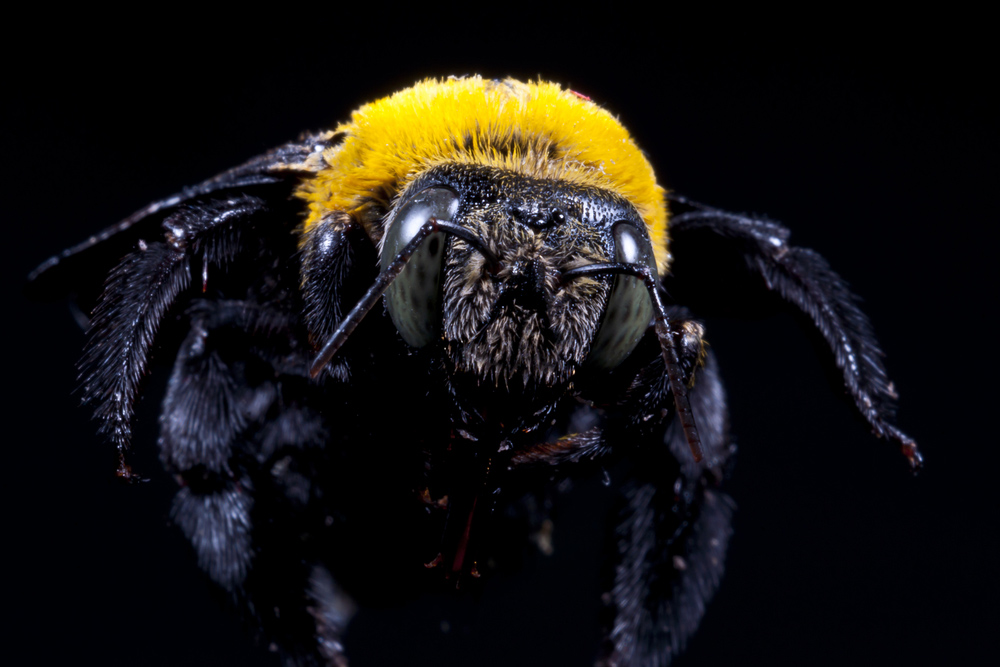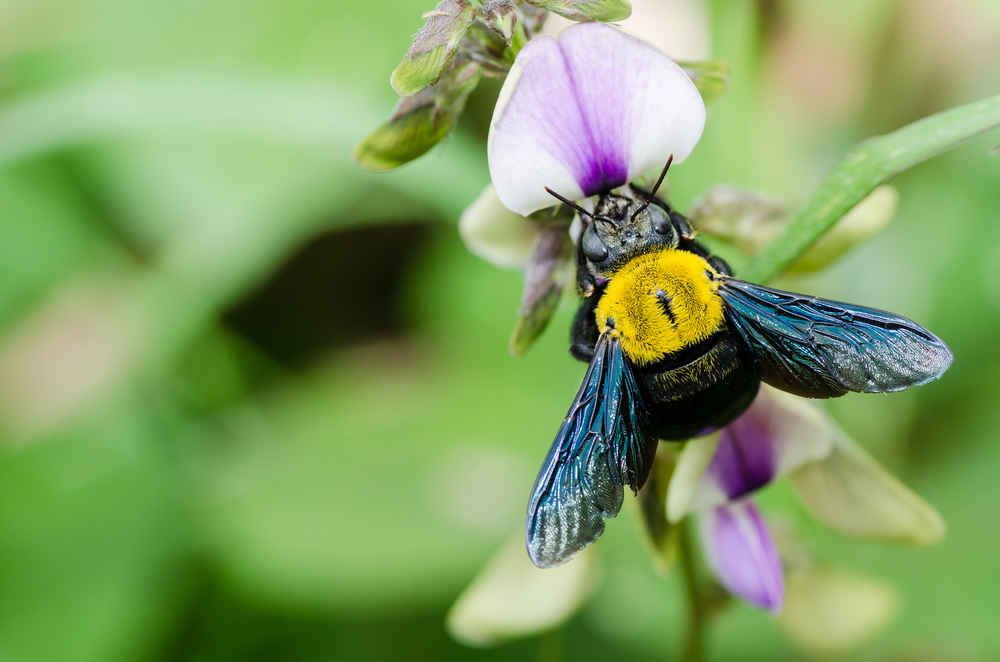Biology and habits of carpenter bees
Carpenter bees also are known as borer bees belong to the Genus Xylocopa. There are hundreds of species of bees and many species of carpenter bees. They have named carpenter bees because they bore holes in deadwood to make their nests instead of making a hive in a tree or the ground like native bees. They are an important part of the ecosystem as the only insect that can pollinate several flowers and their only threat is to trees. However, when they enter the suburban environment they become a dangerous pest that can damage your home.
If you suspect a carpenter bee presence anywhere near or on your property, contact carpenter bee removal Toronto for quick and safe removal.

The females tend to drill the holes and defend the nest with their stingers, they are quite aggressive and will sting to defend their nest. The males however have no stinger and are quite docile. They measure quite large at half an inch to one inch and they have shiny black bodies with yellow fur on their thorax. Their wings are also rather iridescent as well as their fur which can appear blue in some lights.
These bees are no actually social even though they live in a hive. The males will mate with the females and stay to protect the nest in whatever buzzing way the can without a stinger but the females have to make the nest, lay the eggs, feed the larva, and seal up the area for it to grow. This is a lot of work and the male’s help with non of it. Now, where have I heard that before?
The natural predators of the carpenter bees are plentiful. Rodents are common predators as well as badgers and insect-eating birds. The woodpecker is their primary predator being able to hack into their nest and eat the larva. This is not good for a home because the woodpecker will cause far more damage than the bees.
The nests start with one tunnel and continue to spread and connect with other tunnels from other nests. Eventually, they can spread to the inside of the walls and even start flying around inside the house looking for furniture to bore into. If it gets so bad that you are seeing holes in wood furniture and the drywall then you are in danger and your house could collapse on top of you. So call a professional to take care of the infestation, well have them gone in no time.

